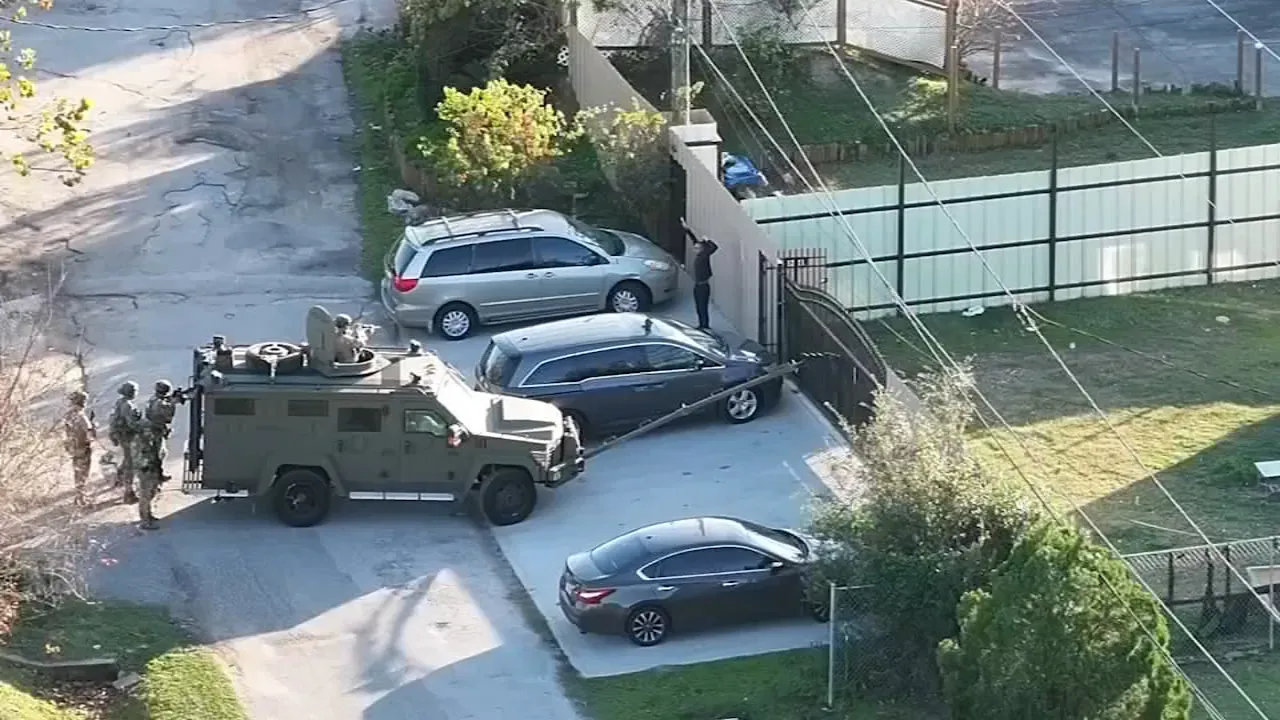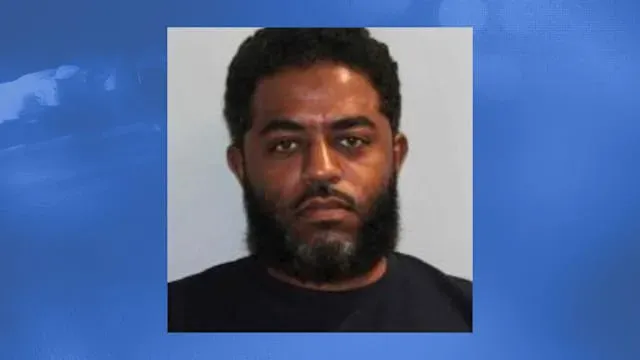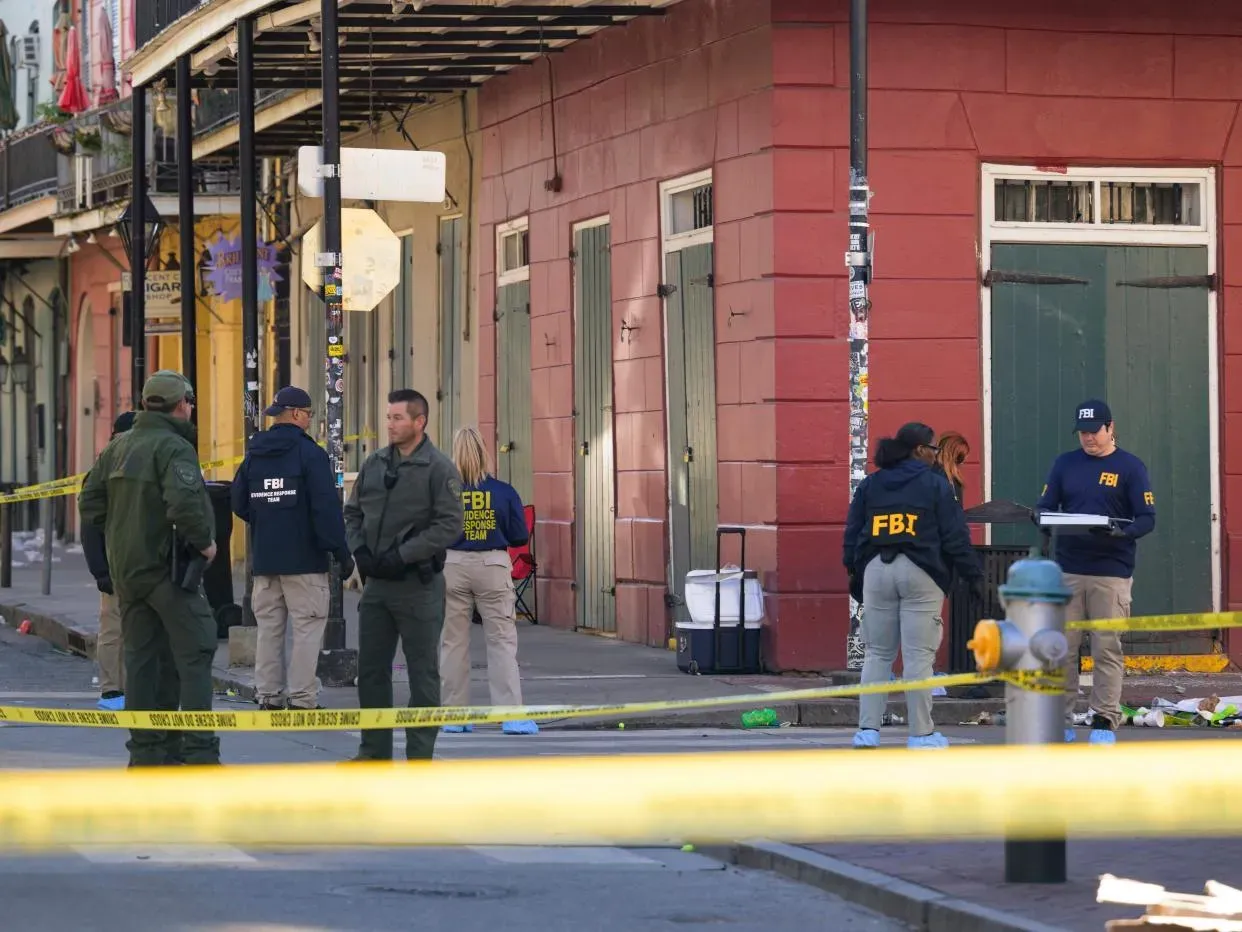Table of Contents
On January 1, 2025, New Orleans witnessed a horrifying attack that left the nation in shock. The suspect, Shamsud-Din Jabbar, a former U.S. Army soldier, drove a rented truck into a crowd of New Year’s revelers, killing 15 and injuring over 30. This article explores who Shamsud-Din Jabbar is, his background, the details of the attack, and the ongoing investigation. By examining his life and motives, we aim to understand what led to this tragic event and its broader implications.
Key Aspect | Details |
|---|---|
Age and Citizenship | 42-year-old U.S. citizen born in Beaumont, Texas |
Military Service | Served in the U.S. Army from 2007 to 2020, deployed to Afghanistan |
Education | Associate degree from Central Texas College, bachelor’s degree from Georgia State University |
Career | Worked at Deloitte and Accenture, managed Blue Meadow Properties |
Personal Struggles | Financial difficulties, two divorces, misdemeanor charges |
Attack Details | Drove a truck into a crowd on Bourbon Street, killed 15, injured over 30 |
Terrorism Links | ISIS flag found in truck, FBI investigating ties to terrorist organizations |
Motives | Radicalization, financial and personal stress |
Aftermath | FBI investigation, national shock, President Biden’s response |
I. ShamsudDin Jabbar: Background and Personal Life
Early Life and Military Service
Shamsud-Din Jabbar was born in Beaumont, Texas, in 1983. Growing up, he seemed like any other kid in the neighborhood. He joined the U.S. Army in 2007, serving as a human resources and IT specialist. His deployment to Afghanistan in 2009 was a turning point. It’s hard to say what exactly changed him, but many soldiers come back different. He left the Army Reserve in 2020 as a staff sergeant, but his life after service took a darker turn.
Education and Career Struggles
Jabbar wasn’t just a soldier; he was also a student. He earned an associate degree from Central Texas College in 2010 and later a bachelor’s degree in Computer Information Systems from Georgia State University in 2017. He worked at big consulting firms like Deloitte and Accenture, but his career wasn’t smooth sailing. He tried his hand at real estate, managing a business called Blue Meadow Properties. But financial troubles followed him like a shadow. Mortgage arrears, credit card debt, and two failed marriages added to his struggles.
- Associate degree from Central Texas College (2010)
- Bachelor’s degree in Computer Information Systems from Georgia State University (2017)
- Worked at Deloitte and Accenture
- Managed Blue Meadow Properties
Personal Challenges and Legal Issues
Life wasn’t kind to Jabbar. His financial problems were just the tip of the iceberg. Court records show he faced misdemeanor charges for theft and driving with a suspended license. These small but significant legal troubles painted a visualize of a man under constant stress. It’s like he was carrying a heavy backpack, and with each step, it got heavier. His personal struggles might have played a role in what happened next, but we’ll never know for sure.
II. The New Orleans Attack: A Detailed Account

The New Orleans Attack A Detailed Account
The Night of Chaos
January 1, 2025, started like any other New Year’s Day in New Orleans. Bourbon Street was packed with people celebrating. Music filled the air, and laughter echoed through the narrow streets. But around 10:30 PM, everything changed. Shamsud-Din Jabbar rented a Ford F-150 Lightning electric truck. He drove it at high speed into the crowd. The impact was devastating. People were thrown into the air like ragdolls. Screams replaced the music. In seconds, the celebration turned into a nightmare.
The Aftermath of the Attack
After crashing into the crowd, Jabbar didn’t stop. He got out of the truck and started shooting at police officers. Chaos erupted as people tried to run for safety. Police returned fire, and Jabbar was killed on the spot. But the damage was already done. At least 15 people were dead, and over 30 were injured. The scene was like something out of a horror movie. Bodies lay on the ground, and the street was covered in blood. First responders worked tirelessly to save lives, but the trauma would last forever.
- 15 people killed, over 30 injured
- Jabbar shot and killed by police
- First responders faced a chaotic scene
The Investigation Begins
As the dust settled, investigators got to work. They found an ISIS flag in the truck, raising alarms about terrorism. The truck also contained potential improvised explosive devices (IEDs). More IEDs were discovered in the French Quarter, suggesting the attack was planned. Authorities believe Jabbar didn’t act alone. They’re now looking for possible accomplices. The FBI has classified the attack as an act of terrorism. The investigation is ongoing, but one thing is clear: this was no random act of violence.
III. Terrorism Links and Investigative Findings

Terrorism Links And Investigative Findings
The ISIS Association
When investigators searched the truck Shamsud-Din Jabbar used in the attack, they found an ISIS flag. This wasn’t just a random piece of cloth—it was a red flag. ISIS, or the Islamic State, is a terrorist group known for its brutal attacks. Finding their flag in the truck made everyone wonder: Was Jabbar working with them? The FBI quickly stepped in to figure out if he had any real ties to the group. It’s like finding a puzzle piece that doesn’t fit—you need to see if it belongs or if it’s just a distraction.
Explosives and Weapons
Inside the truck, investigators found potential improvised explosive devices, or IEDs. These aren’t your average fireworks—they’re deadly. More IEDs were discovered in the French Quarter, which means the attack wasn’t a spur-of-the-moment thing. It was planned, like a chess game where every move is thought out in advance. The FBI believes Jabbar didn’t act alone. They’re now looking for anyone who might have helped him. It’s like peeling an onion—each layer reveals something new, and sometimes it makes you cry.
Evidence Found | Significance |
|---|---|
ISIS Flag | Possible link to terrorist group |
IEDs in Truck | Premeditated attack |
Additional IEDs in French Quarter | Broader plan, potential accomplices |
IV. Motives Behind the Attack: Radicalization and Personal Struggles

Motives Behind The Attack Radicalization And Personal Struggles
Shamsud-Din Jabbar’s life was like a puzzle with missing pieces. His radicalization didn’t happen overnight. It was a slow burn, fueled by personal struggles and global events. He posted videos on social media praising ISIS and talking about violence. It’s like he was searching for something to fill the void in his life. His financial troubles and two failed marriages added to the pressure. Imagine carrying a backpack full of rocks—it gets heavier with each step. The Israel-Hamas war might have also played a role. It’s hard to say what pushed him over the edge, but it’s clear he was a man under immense stress.
Experts say radicalization often starts with feelings of isolation and anger. Jabbar’s military background could have made him a target for extremist groups. They prey on people who feel lost, offering them a sense of purpose. It’s like a dark version of finding a new hobby, but instead of knitting or painting, it’s violence. His story is a reminder that behind every act of terror, there’s a human being with a complicated past. Understanding his motives isn’t about excusing his actions—it’s about learning how to prevent it from happening again.
Factors | Impact |
|---|---|
Financial Struggles | Increased stress and desperation |
Marital Issues | Feelings of isolation and failure |
Military Background | Potential target for radicalization |
V. Aftermath and National Response

Aftermath And National Response
The New Orleans attack left the nation in shock. It was like a punch to the gut—unexpected and painful. President Joe Biden quickly addressed the public, calling it a "senseless act of violence." He promised federal support for the investigation and vowed to bring those responsible to justice. The FBI took the lead, working around the clock to piece together what happened. It’s like solving a giant puzzle, but every piece is heavy with grief.
People across the country reacted with a mix of anger and sadness. Social media was flooded with messages of support for the victims and their families. Vigils were held in New Orleans and other cities, with candles lighting up the night like tiny stars of hope. But there was also fear. People wondered if this could happen again, and if so, where. It’s like walking on thin ice—you never know when it might crack.
Key Actions | Impact |
|---|---|
President Biden’s Address | Reassured the public, promised federal support |
FBI Investigation | Ongoing efforts to uncover the full story |
Public Vigils | Community healing and solidarity |
VI. Conclusion
The story of Shamsud-Din Jabbar is a complex one, marked by personal struggles, radicalization, and a devastating act of violence. As the investigation continues, it raises important questions about the factors that drive individuals to commit such acts. Understanding his background and motives is crucial for preventing future tragedies and addressing the underlying issues that contribute to such violence.